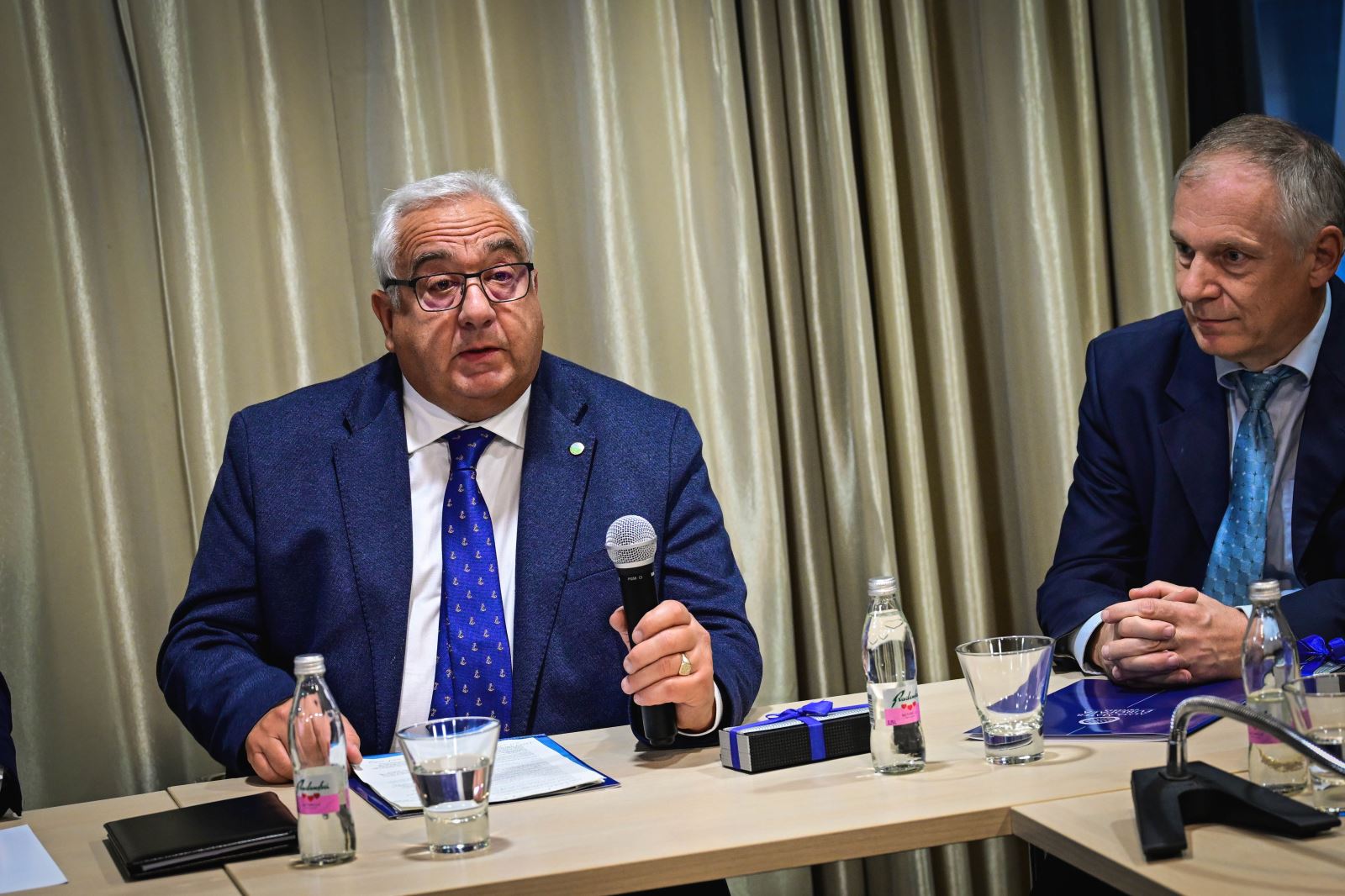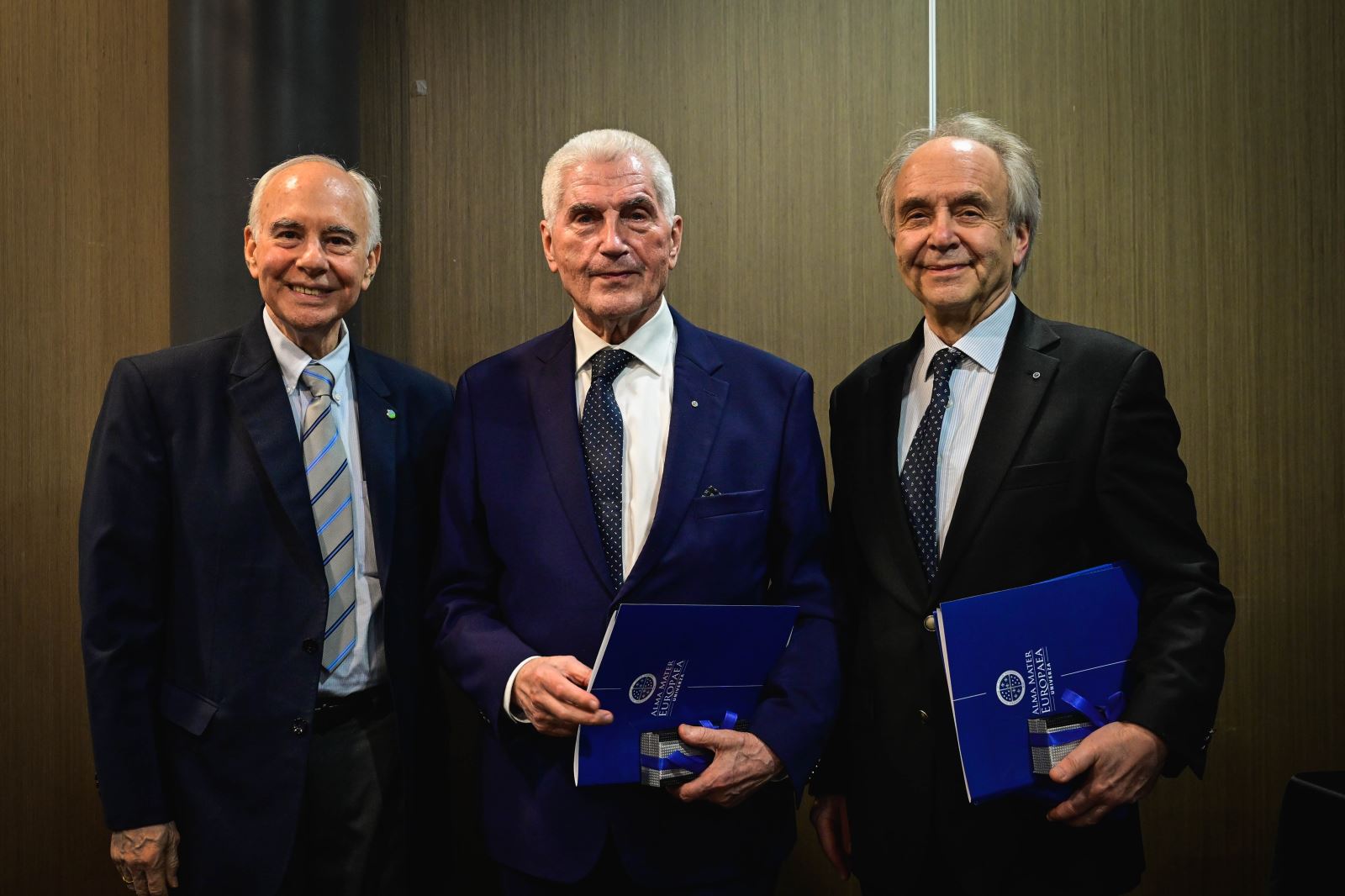
Historic Meeting of the Two Largest Academies of Arts and Sciences

The World Academy of Art and Science (WAAS) and the European Academy of Sciences and Arts (EASA) have united their efforts for a global peace initiative. At the historic meeting in Maribor, distinguished representatives of both academies focused on the pressing challenges of the modern world.
The discussion began with the recognition that today's world faces a series of interconnected crises whose complexity and global scope prevent traditional diplomacy from effectively managing them. The solution lies in a comprehensive approach to peace diplomacy. Therefore, both academies have launched a global initiative that addresses researchers, artists, media, opinion leaders, religious leaders, and educational and civil society institutions. The Global Peace Offensive initiative aims to reduce confrontations through gradual, mutual steps toward conflict resolution, as these stakeholders have both the power and responsibility for positive change.
Professor Dr. Klaus Mainzer, President of EASA, emphasized that artificial intelligence offers opportunities for innovative solutions in favor of peace. WAAS Vice President Donato Kiniger Passigli presented WAAS’s vision for the new peace initiative.


At the round table, experts focused on various fields that can contribute to achieving global peace, including artificial intelligence for peace, peace, and diplomacy (both traditional and scientific) and the contributions of archaeology, nanoscience, and lexicography to peace efforts.
WAAS President Garry Jacobs highlighted that solutions to global crises must be based on values. Scientists and artists bear responsibility for promoting world peace, especially in today's world, where global digital communications and artificial intelligence are increasingly influential.

WAAS and EASA have pledged to promote peaceful coexistence and human security through education, research, and technological advancement. They will collaborate with various stakeholders, including governments, to establish Ministries of Peace and integrate peace-related content into educational programs.

The joint call from both academies is directed toward the academic community, intellectuals, and world leaders, urging them to support this vision and implement new, innovative activities to construct lasting global peace.

